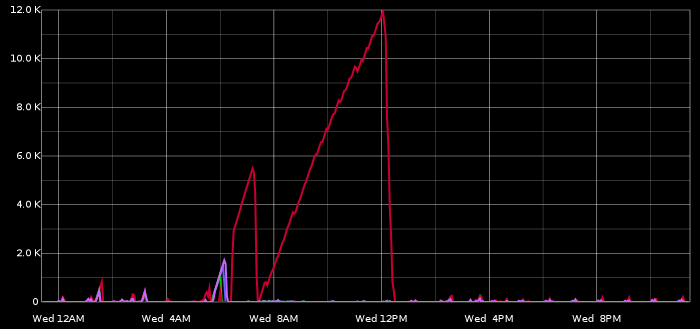Some personal reflections on PerconaLive 2015:
Percona acquires Tokutek
Well done! Tokutek develops the TokuDB storage engine for MySQL and TokuMX engine for MongoDB. I will discuss the MySQL aspect only.
TokuDB was released as open source in 2013. It has attained a lot of traction and I have used it myself for some time. I met issues with locking or otherwise operational difficulties which I reported, and otherwise was fascinated by such features as great compression, online schema changes, and more.
Recently another company, InfiniDB, that also released its MySQL-backed codebase as open source, went out of business. I was afraid the same might happen to Tokutek.
I see Percona’s purchase as a very good move for the community. I saw a lot of TokuDB interest in Percona for some time now, and it is clearly interested in the technology. I expect they will add their own hands-on experience into the development of more operations-friendly features; put effort in solving locking issues (it’s been a while since I last checked, of course some of these may have been addressed by now). I am guessing they will work on a Galera/TokuDB integration and offer a “Toku-XtraDB-Cluster”.
TokuDB can compete with InnoDB in many places, while in others each will have its distinct advantage.
I see this is as good news for the community.
Community Awards and Lightning Talks
On a completely different subject, I believe it is commonly accepted that this year’s setup for the community awards & lightning talks was unsuccessful. The noise was astounding, human traffic was interrupting and overall this was a poor experience. We (Giuseppe Maxia, Kortney Runyan & myself) made a quick, informal brainstorming on this and came up with a couple ideas. One of which we hope to try in the upcoming Percona Live Europe – Amsterdam.
We apologize to the speakers for the difficulties.
Percona Live Europe – Amsterdam
Haha! Having recently relocated to the Netherlands I’m of course very happy. But regardless, Percona Live London was fun – and yet running on low fuel. I think it was a great idea to change location (and more locations expected in the future). This is the path taken by such conferences as OSCon, Velocity, Strata and more. Amsterdam in particular, as I’ve recently learned, is especially appreciated by many. I think this conf will do great!
Woz
And now for something completely different. Woz’ talk was that. I’m happy he came; I appreciate that he discussed education; and it was fun.
